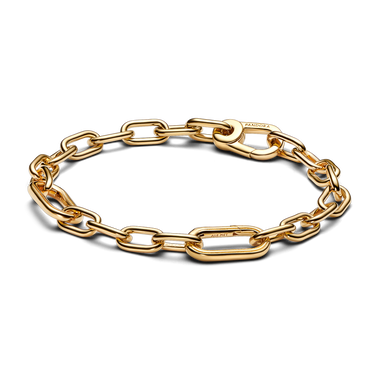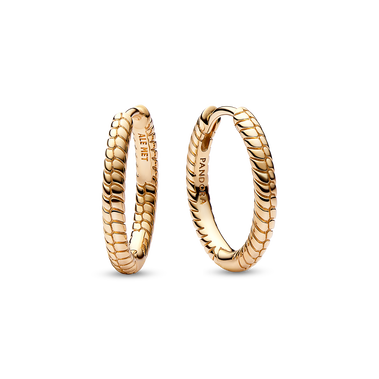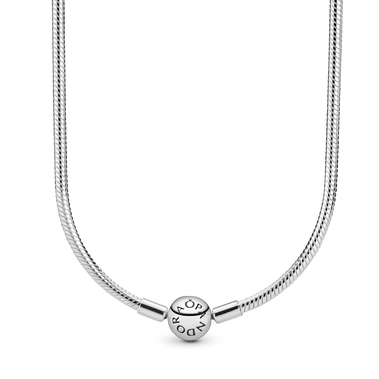From rich reds to deep blues, synthetic stones bring a burst of colour to the jewellery we wear. Created in a laboratory to resemble natural stones, they’re a tribute to the beauty of nature, made by humans.
But how can you tell if a stone is synthetic? And how do they differ from natural and man-made stone types? We’re here to answer all your questions on this vibrant stone variety.
What are synthetic stones?
A synthetic stone is lab-grown, designed to look just like its natural counterpart, which can take thousands of years to form. Synthetic stones share the same chemical, optical and physical traits as their natural counterparts.
Synthetic stones tend to have fewer colour variations (although slight variations can be found in lighter-coloured stones like pink and purple), considerably reducing material waste when producing jewellery pieces. Synthetic stones have a key difference from man-made stones – read more in the next section.
What’s the difference between synthetic, man-made and natural stones?
It’s easy to get synthetic, man-made and natural stones mixed up – they all sound pretty similar, after all. Here’s a summary of each stone category:

Natural stones
Minerals, stones or organic matter formed by nature. Almost all natural stones are formed below ground in a process that can take thousands of years.
How are synthetic stones made?
There are many ways to create synthetic stones. The most popular method is the flame fusion process. This is where a high-temperature flame melts powdered chemicals to create droplets, which then fall onto a rotating pedestal to produce synthetic crystals. This process has been around since the turn of the 20th century and was actually the first successful attempt at making synthetic stones.
Another way of creating these stones is a process called hydrothermal growth. This imitates the natural formation of stones in the earth through pressure and heat. Flux growth is another method, involving melting a metal to dissolve other materials and create synthetic crystals.

How to identify synthetic stones
The process of making lab-grown stones is so good that it’s easy to mistake them for their natural counterparts. But there are a few signs that can help identify a synthetic stone:
Clarity: Natural stones will likely have imperfections and lower clarity. As synthetic stones are made in a controlled environment, they tend to have a higher clarity.
Colour: Synthetic stones usually have a stronger, more consistent colour.


Pandora synthetic stones
Which synthetic stones do we use to create our jewellery? Pandora jewellery features lab-created opals and synthetic corundum – keep reading to learn more about these beautiful stones. to learn more about these beautiful stones.
Lab-created opal
The natural opal is widely believed to be the luckiest and most magical stone, thanks to its iridescent rainbow of colour. Our lab-created opal stones are grown in a laboratory and have essentially the same chemical composition and physical properties as their natural counterpart – including the same mesmerising iridescence.
Pandora’s lab-created opals come in a range of shimmering colours, like blue, pink, white and red.
Synthetic corundum
The rich colours of rubies and sapphires have long fascinated us. Did you know these stones are both types of corundum? Created in laboratories using the flame fusion method, our synthetic corundum stones have the same properties and chemical structures as these famous natural stones. The blue or pink variety is called synthetic sapphire, while the red stone is called synthetic ruby.
As well as the classic red synthetic ruby colour, some Pandora pieces also feature a golden-red variety. We use synthetic sapphires in shades of light and darker pink.

Pandora synthetic stone jewellery
Our synthetic stones are the result of human ingenuity and represent a lasting tribute to the beauty of nature through technological advancement. Because they’re created in a laboratory, our synthetic stones are also fully traceable and can be produced in the quantities we need, allowing us to create our thoughtfully designed pieces. From colourful charms to eye-catching rings and bracelets, we use these stones to bring colour and sparkle to our jewellery selection.
How to care for synthetic stone jewellery
Want your synthetic stone jewellery to last? The key is treating it with care. We’ve got expert care tips to help your stones shine:
Need tips on cleaning your other jewellery pieces? Our care and maintenance hub has all the info you need.
Add a pop of colour and sparkle to your looks with our synthetic stone jewellery. Looking for jewellery styling ideas? Check out our latest style guides for inspiration.
Discover our other materials

Lab-grown diamonds
This radiant material is a jewellery favourite, but how much do you know about diamonds? Our lab-grown diamonds are optically, chemically, thermally and physically identical to mined diamonds, but they’re created above ground. Learn more about the process of creating a lab-grown diamond.


























